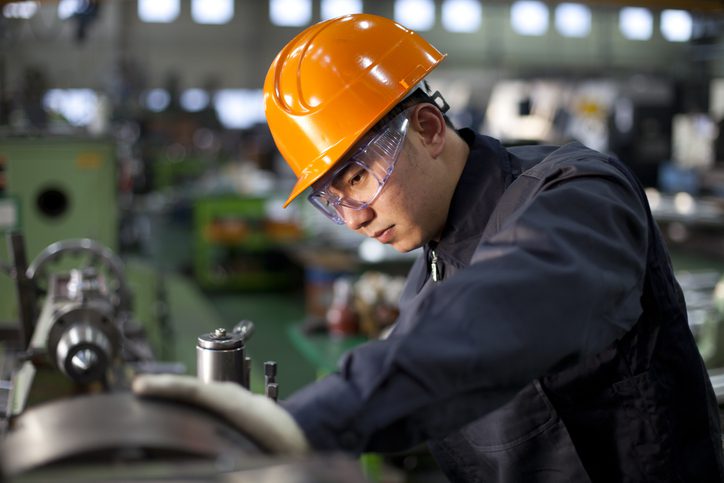
Machine-related injuries not related to mobile equipment are a common workplace hazard, so it’s important to follow all safety protocols where employees are working alongside or placed in positions as machine operators, machine maintenance personnel, sanitation workers cleaning machines, and even conveyor belts. That’s right, conveyor belts can be as big a problem as production equipment. Imagine getting hair or a hand caught in a machine that continuously moves materials over a distance until it is shut off.
Machine Guards
When assessing the safety of your business, note whether you can see any moving parts other than the actual belt. If you can see rollers, motors, and gears below the rack that holds the conveyor, look to ensure there is a barrier that would prevent anyone from making contact with them, even by accident.
In most cases, you shouldn’t even be able to see those parts because of the manufacturer’s guarding. However, if you can see them, you should also see the guards in place. It is also important to have cables that stop a machine when someone pushes against them and devices like emergency stops. But remember—those do not take the place of proper guarding.
Lockout/Tagout
Sanitation crews, like the ones found in food processing facilities, can also be put in harm’s way if proper safety protocols are not in place. These workers often clean machines that require lockout/tagout before work can begin. Lockout/tagout procedures require every worker to have their own lock that they do not remove until that worker is done cleaning/maintaining the machines to which they have been assigned. A supervisor or other employee should not lock out a machine for someone else without that worker also placing a lock and retaining the key for themselves.
With machine operators and maintenance people, both of these scenarios can come into play. So, remember to confirm that workers cannot make contact with moving parts of machines while working on or near them by confirming that guarding is in place. And, confirm that before guarding is removed or a worker comes into contact with moving parts, the worker is trained in and required to perform lockout/tagout to stop those parts from being able to move at all while the worker is exposed.
Machine-related injuries don’t only happen to machine operators. By staying informed and proactive, employers and employees can work together to create a safer, more productive environment.
About Express Employment Professionals
At Express Employment Professionals, we’re in the business of people. From job seekers to client companies, Express helps people thrive and businesses grow. Our international network of franchises offers localized staffing solutions to the communities they serve across the U.S., Canada, South Africa, Australia, and New Zealand, employing 427,000 people globally in 2024 and more than 11 million since its inception. For more information, visit ExpressPros.com.

Last Updated on October 30, 2025